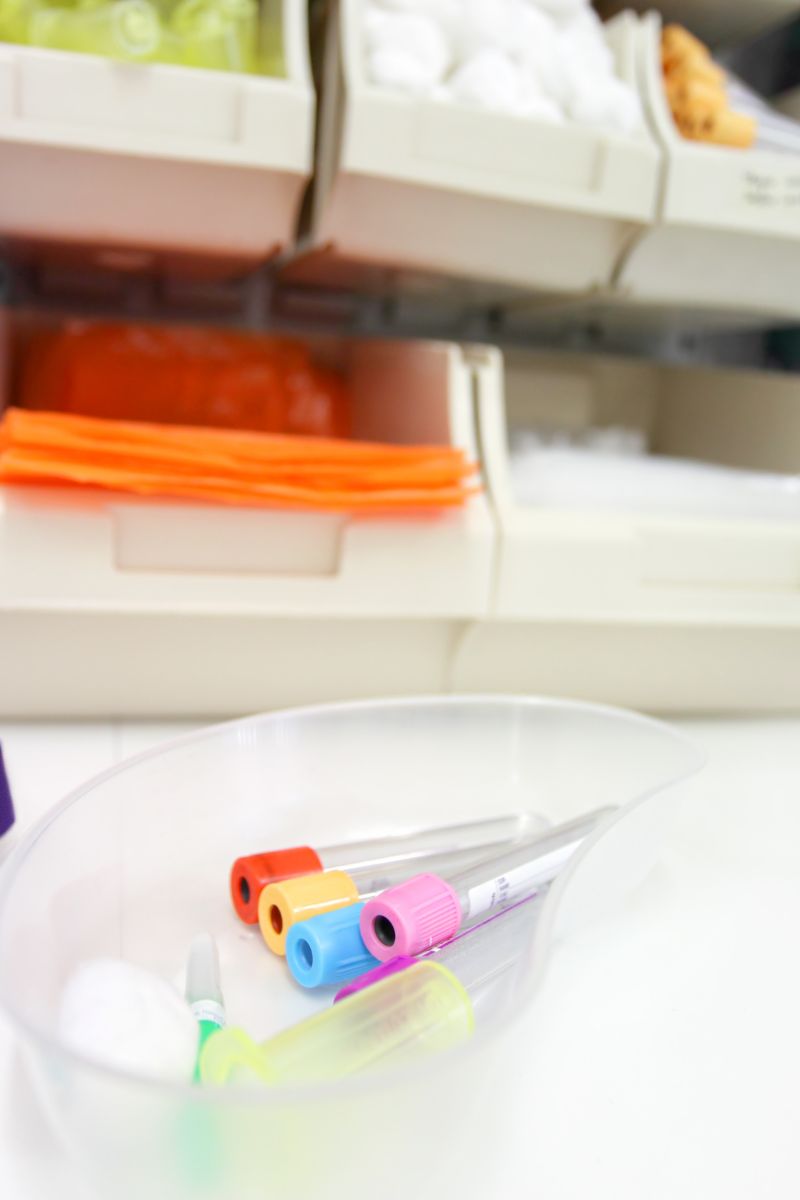Introduction to Blood Culture Diversion Devices
Blood culture diversion devices play a crucial role in modern healthcare by aiding in the accurate diagnosis of bloodstream infections. These devices are designed to minimize contamination during blood sample collection, thereby enhancing the reliability of culture results. In this blog post, we will delve into the significance of blood culture diversion devices, their functionality, and their impact on patient care.
The Importance of Blood Culture Diversion Devices
Bloodstream infections are a serious concern in healthcare settings, often leading to significant morbidity and mortality if not promptly diagnosed and treated. Blood cultures are a key diagnostic tool used to identify pathogens responsible for such infections. However, the process of obtaining blood samples for culture can be prone to contamination, which may yield false-positive results or obscure the true causative agent.
This is where blood culture diversion devices come into play. By effectively diverting and trapping skin contaminants and bacteria present at the venipuncture site, these devices help ensure that the collected blood sample primarily reflects the microbial profile of the bloodstream, improving the accuracy of culture results. This, in turn, enables healthcare providers to initiate targeted and timely interventions for patients with bloodstream infections.
How Blood Culture Diversion Devices Work
Blood culture diversion devices are typically integrated into blood collection sets or phlebotomy systems. They consist of a specialized chamber or reservoir strategically positioned to capture the initial portion of blood drawn during venipuncture. This initial blood fraction, known as the “first-draw” or “discard” sample, contains skin flora and contaminants that may have entered the bloodstream during sample collection.
The diversion device separates this discard sample from the subsequent blood intended for culture, ensuring that the latter is free from external contaminants. Some devices use physical barriers, such as hydrophobic filters or gel-based separators, to achieve this separation effectively. The use of such devices is especially crucial in settings where bloodstream infections are prevalent, such as intensive care units and emergency departments.
Impact on Patient Care
The implementation of blood culture diversion devices has significant implications for patient care. Reliable culture results facilitate the identification of the specific pathogens causing bloodstream infections, allowing healthcare providers to prescribe targeted antimicrobial therapy promptly. Accurate diagnoses help avoid unnecessary broad-spectrum antibiotic use, thereby minimizing the development of antimicrobial resistance and reducing the risk of adverse drug reactions in patients. Timely and appropriate management of bloodstream infections based on accurate culture results can lead to better patient outcomes, including reduced mortality rates and shorter hospital stays. By preventing false-positive results and unnecessary diagnostic and therapeutic interventions, blood culture diversion devices contribute to healthcare cost savings in the long run.
Conclusion
Blood culture diversion devices represent a valuable innovation in healthcare, addressing the challenges associated with obtaining reliable blood culture samples. Their role in reducing contamination, improving diagnostic accuracy, and optimizing patient care cannot be overstated. As healthcare continues to evolve, the adoption of such technologies underscores the ongoing commitment to enhancing patient outcomes and safety in clinical practice.













